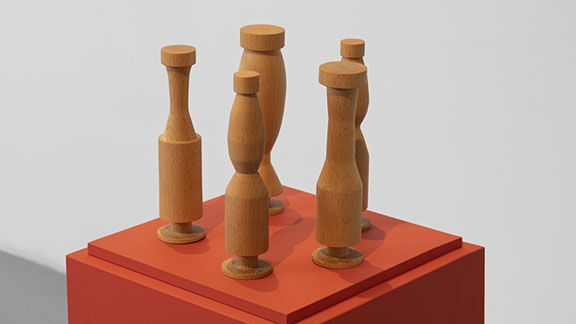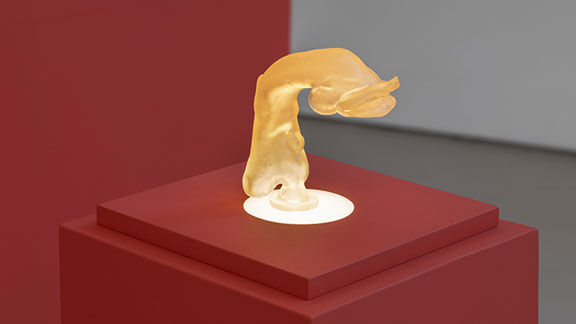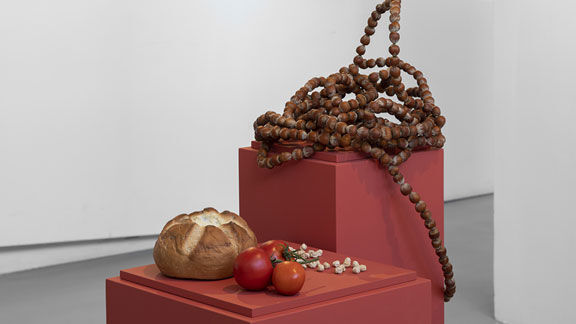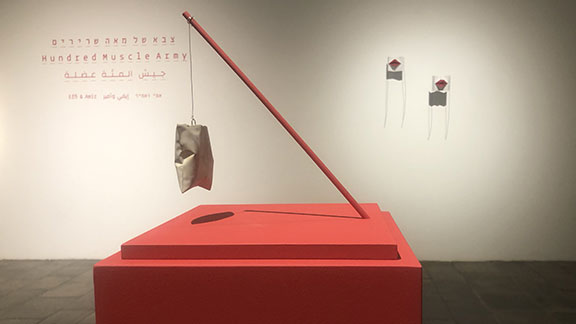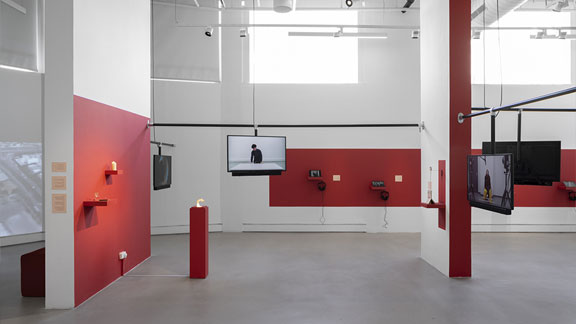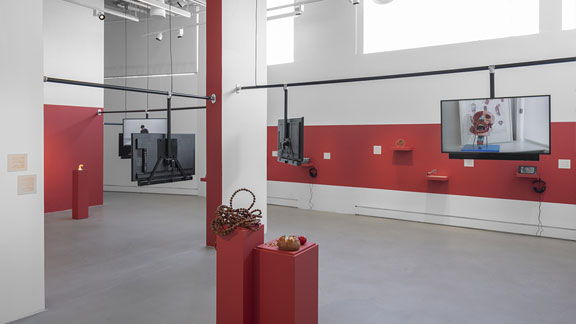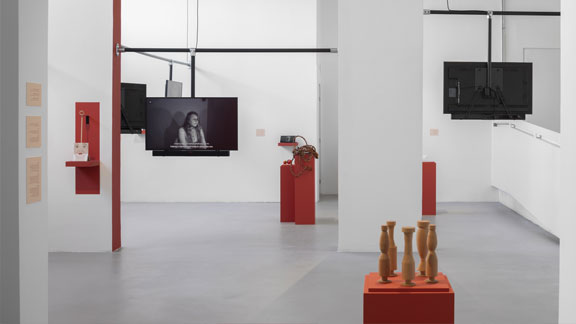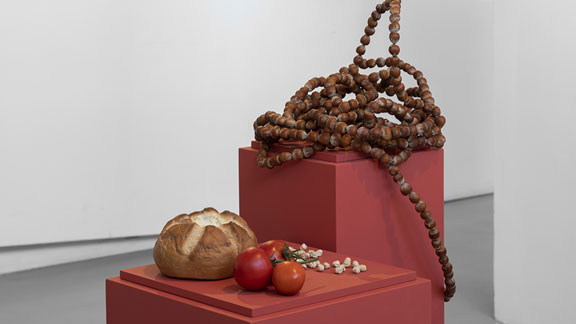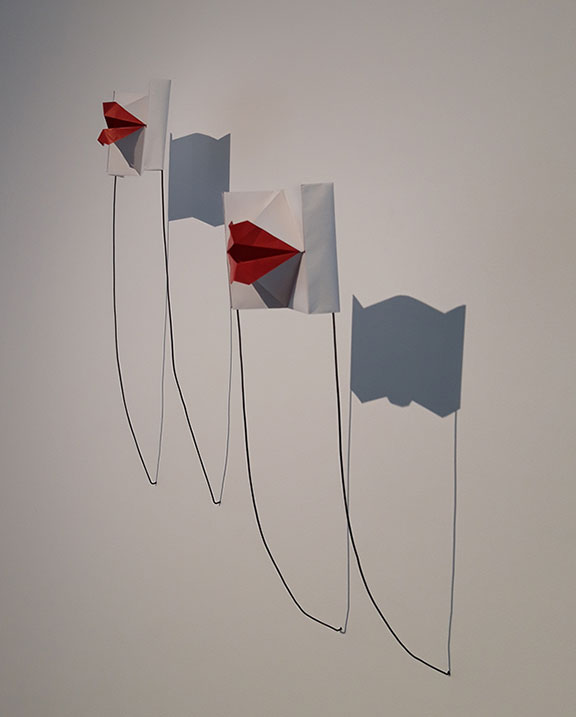Hundred Muscle Army
2022 | solo exhibition / installation
A large-scale video and sculpture installation, which includes video works and objects – found, re-worked or invented - and examines how our identity is determined and our fate sealed by our pronunciation, accent and other features of speech.
This exhibition is one of the outcomes of a long term research, whose starting point is the biblical story about the word “Shibboleth”. The way in which this word was pronounced, decided which tribe one belonged to, and consequently, on whether one will live or die. Other test-words of this type were used to differentiate between Protestants and Catholics in Northern Ireland, to identify German spies in the Netherlands, and these days Ukrainian soldiers and civils actually use the word “Palianytsia”, the name of a traditional Ukrainian bread, to identify Russian soldiers who pretend to be Ukrainians.
Shibboleth-tests, though, are not only practiced in war zones, they have been adopted and further developed by states and administration systems, like, for example, as part of the asylum application procedure.
In Hundred Muscle Army, Effi and Amir delve into the depths of the technological world that monitors, measures and classify our speech organs, voice and language. Using scientific and medical tools, they tell the human stories of those whose identity has been deconstructed into their vocal apparatus and reduced to a single sound, which they can or cannot produce. They examine the way in which the system sees the individual as part of an array of characters and signs, and the persistent attempts to instill order and logic in an elusive reality and a world of fluid boundaries.
Photos by Tal Nisim
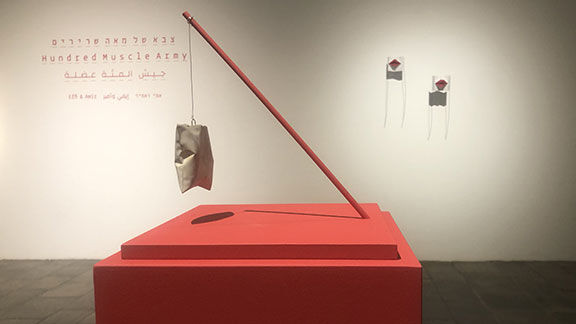
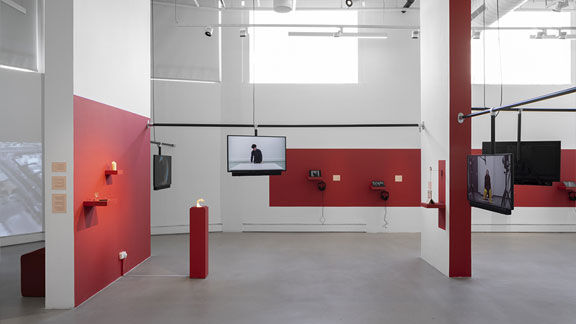
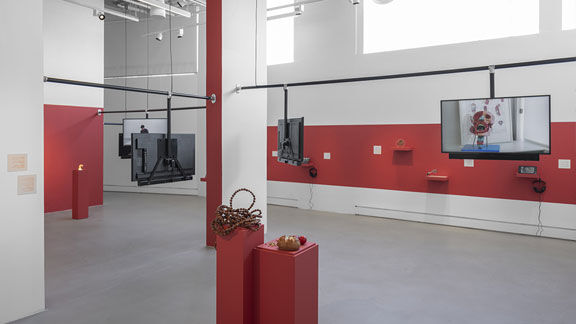
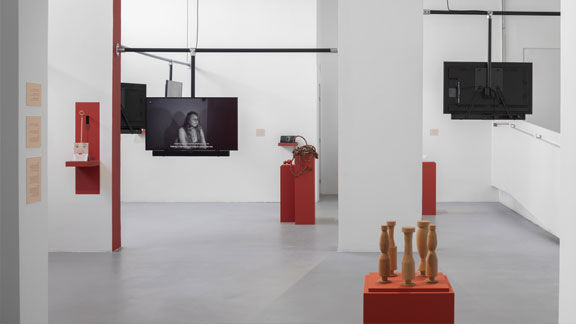
The exhibition includes 8 video works – 6 in monitors and 2 projected – that are based on sequences from Effi & Amir’s film By The Throat (2021, 78’)
In the exhibition each of these sequences is independent, a unique encounter with an individual and their testimony.
18 objects, relics, findings, traces of the research are displayed as exhibits in a museum-like setting. They supply further anecdotes, intersections and entry points to this journey inside our vocal apparatus.
